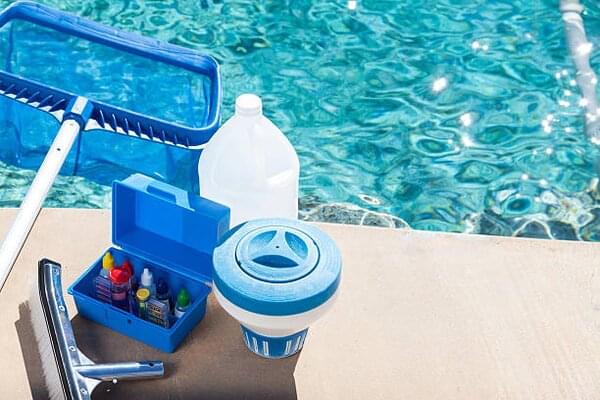
Purification of water is essential. Purified water is used for bathing, cleaning, drinking, cooking, industrial purposes, and more.
None of the aforementioned purposes can be achieved if the water isn't clean. Therefore, we constantly search for efficient ways to purify water.
One of the various water purification techniques is the use of chlorine dioxide. It's a highly sought-after water purifier in Malaysia.
What makes this purification method in high demand? We will find out in this post.
What Is Chlorine Dioxide?
Chlorine dioxide is a volatile, small, synthetic, and green-yellow gas with a chlorine-like, irritating odour. It is a compound that consists mainly of one chlorine atom and two oxygen atoms.
Chlorine dioxide (ClO2) is used in water treatment because it is an effective oxidant, biocide, and disinfectant at relatively low concentrations. This gas is usually produced onsite from sodium chlorate or sodium chlorite.
It is highly effective in water treatment. When added to water, it destroys bacteria, viruses, and other microorganisms that cause sickness in people.
Many health regulatory agencies recommend that no greater than 0.8 parts per million (ppm) of chlorine dioxide should be added to drinking water. Any amount greater than this can cause health problems.
In its gaseous form, chlorine dioxide doesn't pose any health risk to humans, as it breaks down in the air into chlorine and oxygen. Because of the high effectiveness of this gaseous compound in water treatment, it is frequently used.
Applications of Chlorine Dioxide
1. Waste Treatment
Chlorine dioxide is a highly reliable oxidant and disinfectant of wastes.
Its broad-spectrum micro biocide ensures that microbes are properly broken down to prevent health issues. This compound is superior to chlorine when it comes to waste treatment.
2. Swimming Pools
Chlorine dioxide is a reliable pool water disinfectant. It is found in almost every swimming pool because of its purification efficiency. It doesn't cause irritation or side effects in the human body, which makes it very safe to use.
i. Cleaning Swimming Pool Accessories
Swimming pool accessories can be sterilized with chlorine dioxide. It has a high intolerance for harmful germs and microbes, which swimming pool accessory suppliers use to keep their equipment clean.
This substance can be used to clean swimming pool equipment without affecting its quality and integrity.
ii. Wide operating range of pH
The chemical reactivity of chlorine dioxide plays a significant role in swimming pool maintenance. Chlorine dioxide can function at a broader range of pH than hypochlorous acid.
The pH balance prevents the growth of bacteria and microbes and ensures that a swimming pool is safe.
3. Cooling Towers
Cooling tower operators must always be safe from bacterial infections. Chlorine dioxide solutions are designed to minimize such risks.
They can be used in the smallest forced draft towers and wet chillers, and are typically used in the injection molding found in power stations and petrochemical refineries.
4. Chemical and Pharmaceutical Applications
Chlorine dioxide is also used in the chemical and pharmaceutical industry.
It is employed as part of the production of pharmaceutical drugs, urea methanol, sodium salicylate, and more.
In Closing: Cleaning Your Pool Water with Chlorine Dioxide
When you have the right amount of chlorine dioxide in your pool water, you can keep your pool clean and sanitized.
This means you can balance its pH and avoid having to add excess minerals and chemicals to improve the water’s condition.
Chlorine dioxide doesn't cause any biological harm to the body. Its application is safe and will be beneficial to you in the long run. The earlier you start using it for water treatment, the better for you.